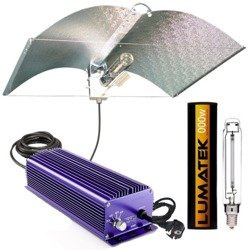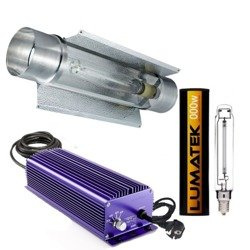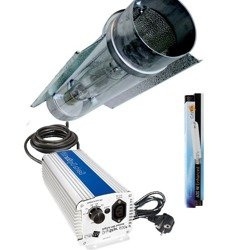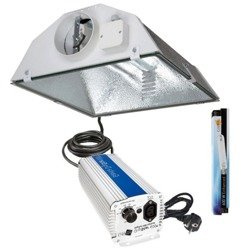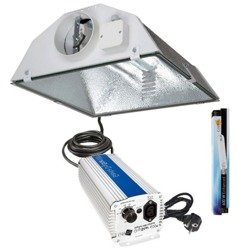Electronic ballasts
Electronic ballasts are a crucial component in modern lighting systems, regulating the voltage and current to ensure optimal lamp performance . Unlike their older counterparts, magnetic ballasts, electronic ballasts utilize solid-state circuitry to provide a more efficient and reliable lighting solution . They are designed to ensure lamps operate at the correct voltage, enhancing brightness and extending longevity, making them a popular choice for residential, commercial, and horticultural applications .
Electronic ballasts offer numerous advantages over magnetic ballasts . They are more energy-efficient, often using up to 30% less energy, which translates to lower electricity bills . Electronic ballasts also eliminate the flickering and buzzing associated with magnetic ballasts, providing a more comfortable and visually appealing lighting experience . Furthermore, they generate less heat, reducing the risk of overheating and potential fire hazards . Many electronic ballasts also offer dimming capabilities, providing greater control over light intensity and further energy savings .
Electronic ballasts are versatile and can be used with various types of lamps, including fluorescent and HID (High-Intensity Discharge) lamps . When upgrading to LED lighting, it’s essential to identify the ballast type, as some LED tubes are compatible with electronic ballasts, while others require a ballast bypass . While electronic ballasts typically have a higher upfront cost than magnetic ballasts, the long-term energy savings and reduced maintenance expenses make them a worthwhile investment


